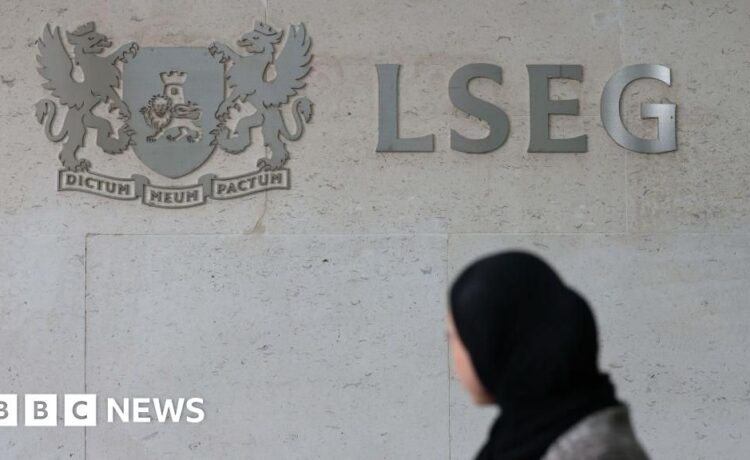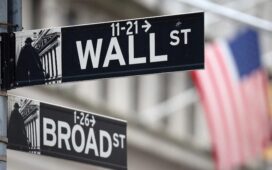Russ Mould, investment director at AJ Bell said there will be “some relief” on stock markets on Tuesday but said “the next key test will come with the market open in the US this afternoon”.
“Fears about a sharp recession in the US, engendered by weak jobs data, remain,” he added.
Stock markets in the US have fallen following disappointing employment figures for July which showed that the jobless rate rose.
There has also been concern that shares in big technology companies – particularly those investing heavily in artificial intelligence (AI) – have been overvalued and some of those firms now face difficulties.
The technology-heavy Nasdaq index has fallen sharply in recent days although on Monday, it trimmed losses to end the day 3.4% lower.
Meanwhile, the S&P 500 fell 3% and the Dow Jones Industrial Average ended 2.6% down.
The worse-than-expected jobs figures stoked speculation about when – and by how much – the US Federal Reserve could cut interest rates.
Last week, it voted to hold rates while other central banks decided to cut them.
“The Federal Reserve missed an important opportunity to cut interest rates last week like the Bank of England did,” said economist Mohamed El-Erian, who is also president of Queens’ College, Cambridge.
The Fed had signalled that a rate cut in September was on the table. But Mr El-Erian told the BBC’s Today programme that by waiting “it risks tipping the economy further towards a higher probability of recession.”
A number of experts have cautioned that it is premature to suggest the world’s largest economy is heading for a downturn.
But if it does, it would have wider implications.
“What happens in the US economically and financially does not stay in the US,” said Mr El-Erian.
“The US has been the major driver of global economic growth, the US consumer is a very important engine of economic activity so the world as a whole would suffer if the US were to go into recession.”
The wait for the Fed’s next meeting will also likely mean stock markets remain unsettled.
“Markets are very volatile at the moment and will likely stay volatile until the Fed decision in September, so we wouldn’t rule out rapid swings in both directions,” said Stefan Angrick, a senior economist with Moody’s Analytics.




